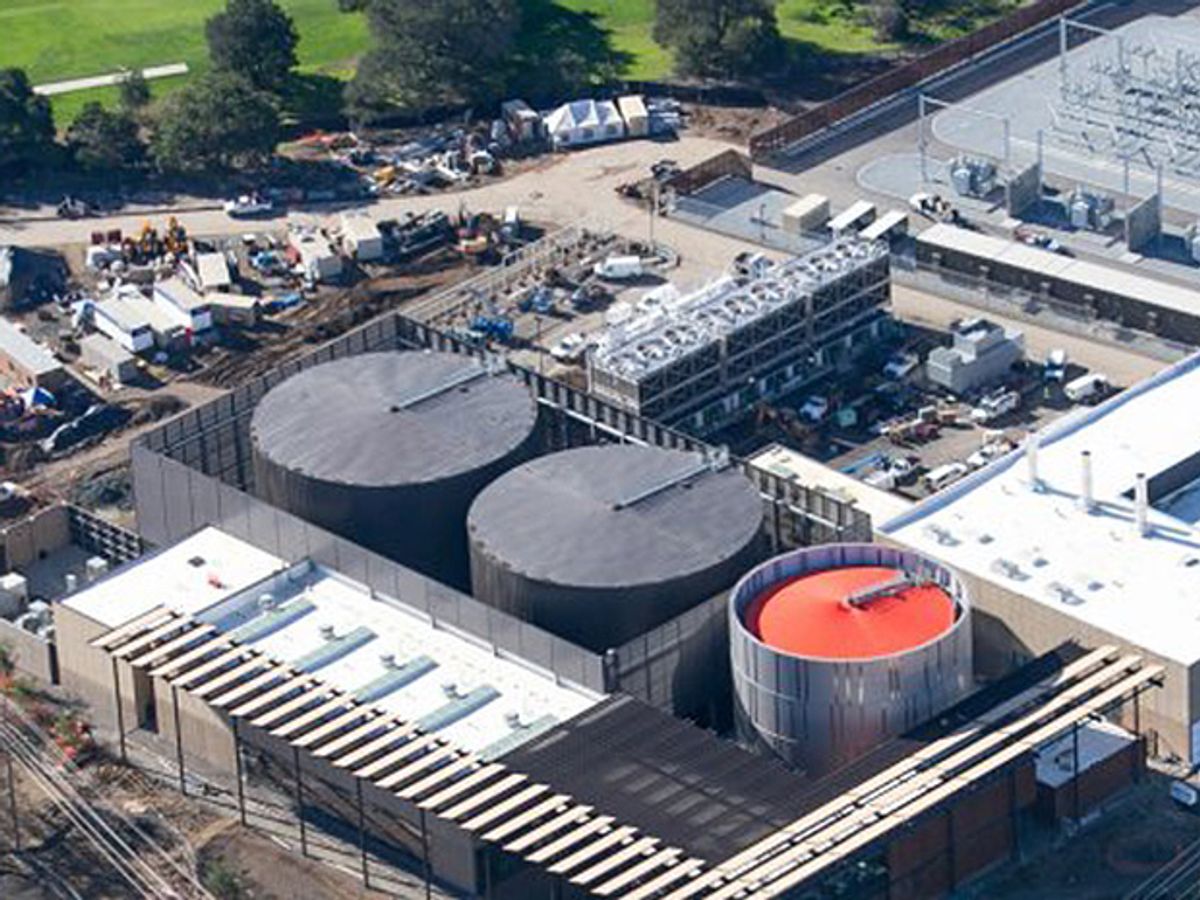The U.S. electrical grid could rely completely on solar, wind, and water power, and existing low-cost methods of storing energy—rather than than giant battery farms—could help make up for the erratic nature of the sources of that electricity, researchers say.
Previous research suggested that the United States could get 100 percent of its energy from these green sources by 2050 and, more ambitiously, that the world could as well.
However, solar and wind are all intermittent sources of power—sometimes the sun doesn’t shine brightly and the wind doesn’t blow strongly. As such, power plants driven by fossil fuel are often brought in to compensate for the uncertain nature of these green sources of energy and to keep power grids stable.
The scientists created a 3-D global weather model to predict how much electricity wind, water, and solar power could generate in the 48 contiguous United States between 2050 and 2055. They also modeled a variety of ways to store this energy.
The new model explored an all-electric country, with virtually everything running 100 percent on electricity—cars, trains, buses, industry, and heating and cooling. The researchers suggest that all the raw energy for the United States could come from wind, water, and solar, with no need for coal, oil, natural gas, biofuels or nuclear power.
The scientists also say there would be no need for expensive battery farms to store electricity. Instead, existing low-cost ways of storing clean energy could suffice, in combination with "demand response" programs where consumers are given financial incentives to turn equipment down, or off, when the power supply is limited or when the grid needs balancing.
Solar heat could be stored in water and soil and used to heat homes in the winter, for instance. Excess electricity could be used to make ice for later cooling, pump water uphill for later use in hydropower, or create hydrogen as a fuel to power vehicles. These storage techniques could smooth out the uneven demand for electricity, heating and cooling, resulting in a reliable, stable grid. Moreover, storing heat in soil costs a hundred times less than it currently does to store electricity in batteries.
"The preconceived notion by utilities and those in the conventional fuels industry that it is not possible to maintain a reliable grid at low cost with large penetrations of intermittent wind and solar are incorrect," says study lead author Mark Jacobson, an atmospheric scientist at Stanford University.
Jacobson pointed to the 52 homes at the Drake Landing Solar Community in Canada near Calgary as an inspiration for this strategy. During the summer, the sun is used to heat water that is pumped underground in insulated pipes to heat rocks and soil 35 meters below the surface, and this stored warmth is used to heat the community during the winter.
"This type of storage takes virtually no real footprint on the ground, as a natural gas well or a power plant does," Jacobson says. "One cannot even tell there is a storage facility because it is under a park. This provides confidence that such storage can be noninvasive and done on a larger scale with proper planning."
The researchers say that electricity might cost about the same with this strategy as it would if it was generated by fossil fuels. However, they noted that electric engines are more efficient than combustion engines, so the United States would actually end up using about 30 percent less electricity in their all-electric scenario.
"The work does not provide the interim pathway of how to get to a fully-integrated grid with wind, water and solar. It provides an end point," Jacobson says. "The pathway could take different forms, particularly in each state."
"Some might say that the country or states may not agree to transform the energy in this way," Jacobson says. "Similarly, zoning issues may delay the development of long-distance transmission. These are real social and political issues that are necessary to contend with. However, our study shows that it is technologically and economically possible to transform, so concerns about technical or economic feasibility should not be used to create social or political barriers."
The investigators noted their strategy could work in many places worldwide. "We are doing a similar study for 20 regions of the world, encompassing a total of 139 countries," Jacobson says.
The scientists detailed their findings online this week in the journal Proceedings of the National Academy of Sciences.
Charles Q. Choi is a science reporter who contributes regularly to IEEE Spectrum. He has written for Scientific American, The New York Times, Wired, and Science, among others.



